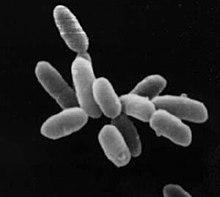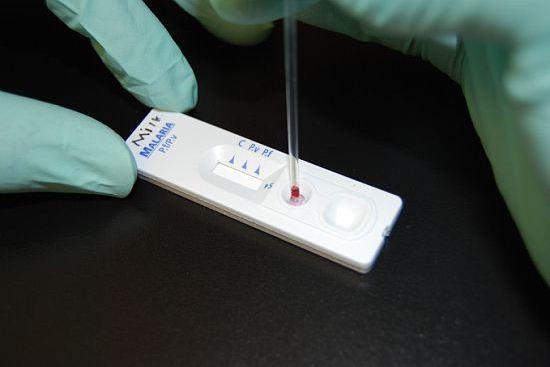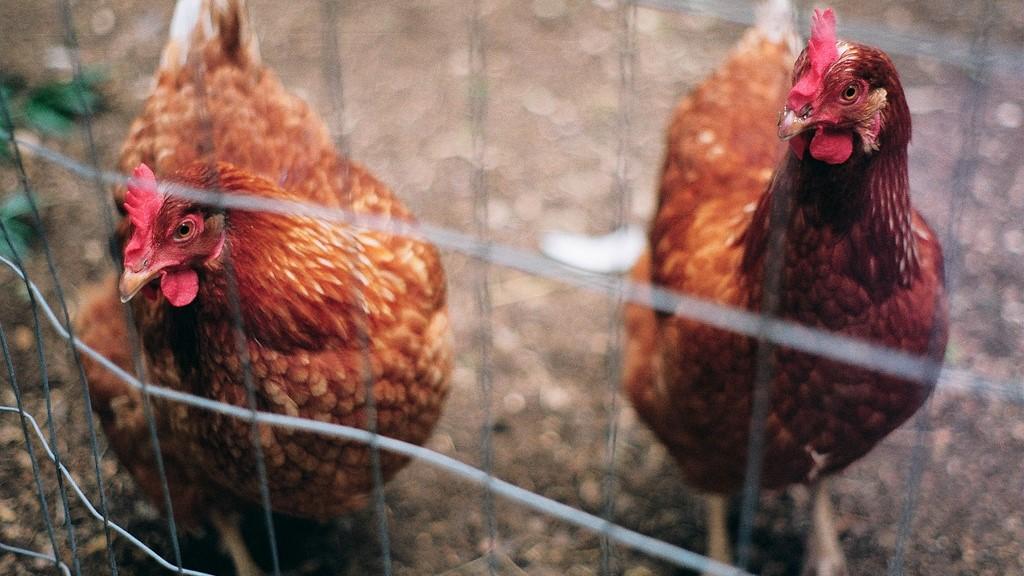Antibiotic resistance
Charles Darwin’s ‘tree of life’ gets a new look
The Tree of Life proposed by Charles Darwin in the 19th century depicts different forms of life diverging from one another as they evolve down through successive generations. But discoveries of new life forms and the phenomenon of horizontal gene transfer indicate life can also evolve through convergence.
Bacterial ‘Hunger Games’ could help in the fight against infectious diseases
Cells in bacterial colonies work together to stay alive and fend off their enemies, making them super-resistant to antibiotics. But by understanding these partnerships, we might be able to turn friendly bacteria against each other so that the odds may not be in their favor.
Weed-killing sprays may also be killing our ability to fight bacteria
Penicillin overkill has created life-threatening bacteria that are resistant to antibiotics. But now some new research shows that common herbicides used in farming can also breed resistant bacteria, and no one’s sure how that may affect humans.
Is it a good thing that McDonald’s plans to limit its use of antibiotics in chicken?
McDonald’s in the US will be limiting the use of anitbiotics in chickens. Is this a good thing? Let’s back up a bit. Why do farmers even use antibiotics and what’s so bad about eating a chicken with antibiotics in it?
Scientists discover a potent new antibiotic
Antibiotics, among the most extraordinary drugs of the last hundred years, mostly come from a very ordinary source: dirt. But that source has been slowly exhausted, since 99 percent of the microbes in dirt can’t be cultured in a lab. Now, a group of scientists has developed a new technique for cultivating bacteria on their home turf, so to speak: right in the dirt, where they grow best. The results are a game-changer.


